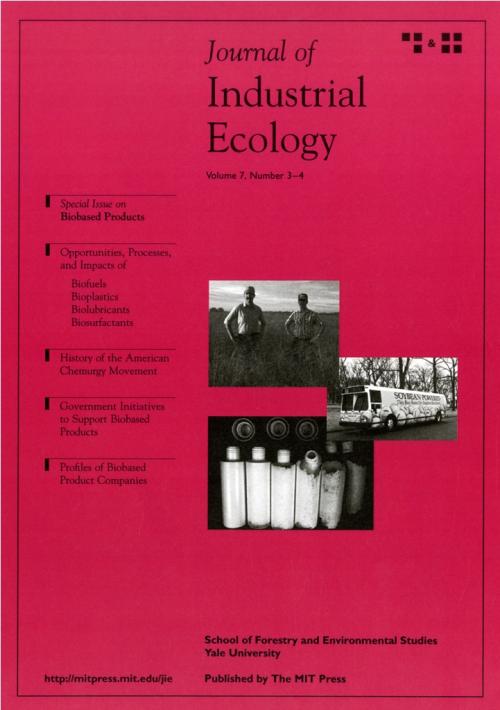
Top: Farmers stand in a field of switchgrass at the Texas Agricultural Experiment Station, Stephenville, Texas, USA. Currently, biofuel (i.e. ethanol) and several biobased plastics are produced through fermentation of the starch in kernels of field corn (maize). Researchers are now developing technology to also produce biobased products from the fibrous material in agricultural and forestry residues, or in perennial crops such as switchgrass, a crop native to North America. Perennial crops may require less fertilizer and reduce soil erosion relative to current annual crops such as corn. Turning residues into valuable products leaves the corn grain in the food and feed system. Photo credit: Warren Getz (DOE/NREL). http://agriliferesearch.tamu.edu/.
Center Right: Nebraska Soybean Board’s Soybean Bus. Since February 1999, the Nebraska Soybean Board has sponsored this Star Tran bus in Lincoln, Nebraska, USA. The bus runs on a blend of 20% soy biodiesel and 80% petroleum diesel fuel. Studies conducted by the US/DOE National Renewable Energy Laboratory show that using biodiesel fuel reduces the life-cycle consumption of petroleum and most life-cycle emissions significantly, but increases life-cycle NOx emissions relative to petroleum diesel. Photo credit: Nebraska Soybean Board.
Bottom: Degradation over time of bottles made of biobased plastic. These bottles made of BIOPOL® (a polyhydroxyalkanoate bioplastic) were incubated in aerobic sewage sludge from a municipal sewage treatment plant for 0 (control), 2, 4, 6, 8, and 10 weeks during summer (from left to right). The biodegradability of some bioplastics is advantageous when it is desirable for the material; to be composted to decompose without management. In many current waste management systems, biodegradability is unlikely to be a significant advantage. Picture taken from: Jendrossek, D. 2002. Extracellular Polyhydroxylalkanoate Depolymerases: The Key Enzymes of PHA Degradation. In Biopolymers, Vol. 3b, Polyesters II, edited by Y. Doi and A. Steinbüchel, 41-74. Wiley-VCH, Weinheim.